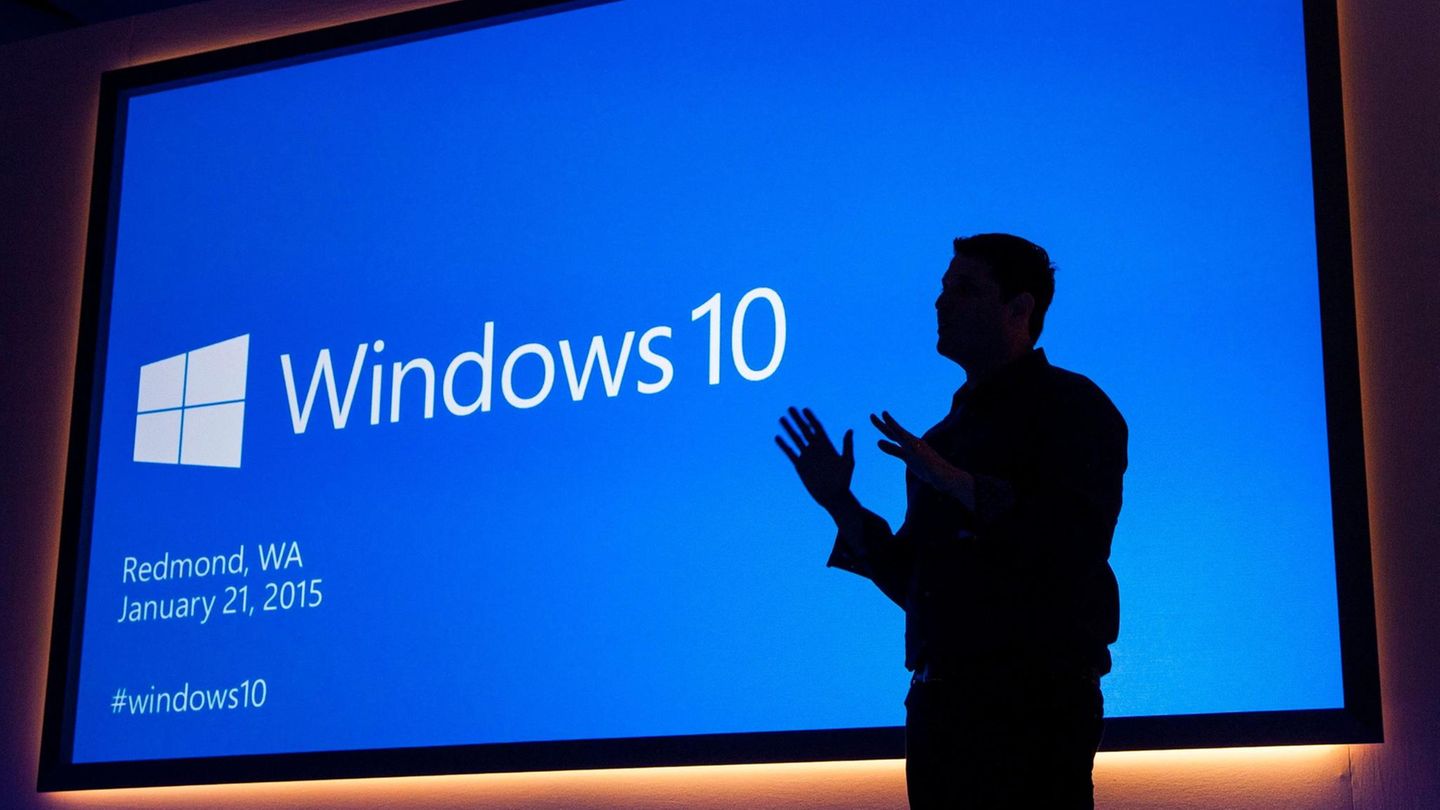To analyze what to do we will first look at three variables. Inflation, dollar and interest rates. To do this, we will detail the current situation and what we can foresee in the future.
Let’s start with the rates of fixed terms. With the last update, the TNA is 118%, the 30-day yield pays 9.7%, and the effective annual rate reaches 208.4%.
To see how the UVA fixed term pays, we will analyze its performance up to here. If $100,000 had been invested in early 2023 in a traditional fixed term, the principal would have been $160,478 by Julyalmost in tune with accumulated inflation of 60.2%according to data provided by INDEC.
It is also similar to the increase in Dolar blue in the same period, which reached 59.5%. On the other hand, that same investment in a UVA fixed term would have generated a lower return, reaching $157,850.
This is due to the dynamics of the UVA, which replicates the Reference Stabilization Coefficient (CER) and, although it follows inflation, it does so with a certain lag and a formula that averages previous months, making it less sensitive to monthly price fluctuations.
The other important variable is the projection of inflation. Eight consultants surveyed by Ámbito maintained that inflation for August could be between 10% and 15%. This could determine that rates would lag behind the CPI.
On the other hand, although the fixed term UVA follows inflation, is limited by the calculation formula and time lag. Besides, its minimum term of 90 days could be unattractive, especially in a period of uncertainty.
Experts, given this, recommend dollarized assets. Market sources said that the blue dollar could have a floor between $700 and $740, a trend similar to the CCL dollar. And, to ensure if the blue dollar is expensive or cheap, an indicator, regardless of whether its price is adjusted for inflation, is the gap with the wholesaler: if it is more than 120% it is more to sell than to buy.
Source: Ambito
I am a 24-year-old writer and journalist who has been working in the news industry for the past two years. I write primarily about market news, so if you’re looking for insights into what’s going on in the stock market or economic indicators, you’ve come to the right place. I also dabble in writing articles on lifestyle trends and pop culture news.




